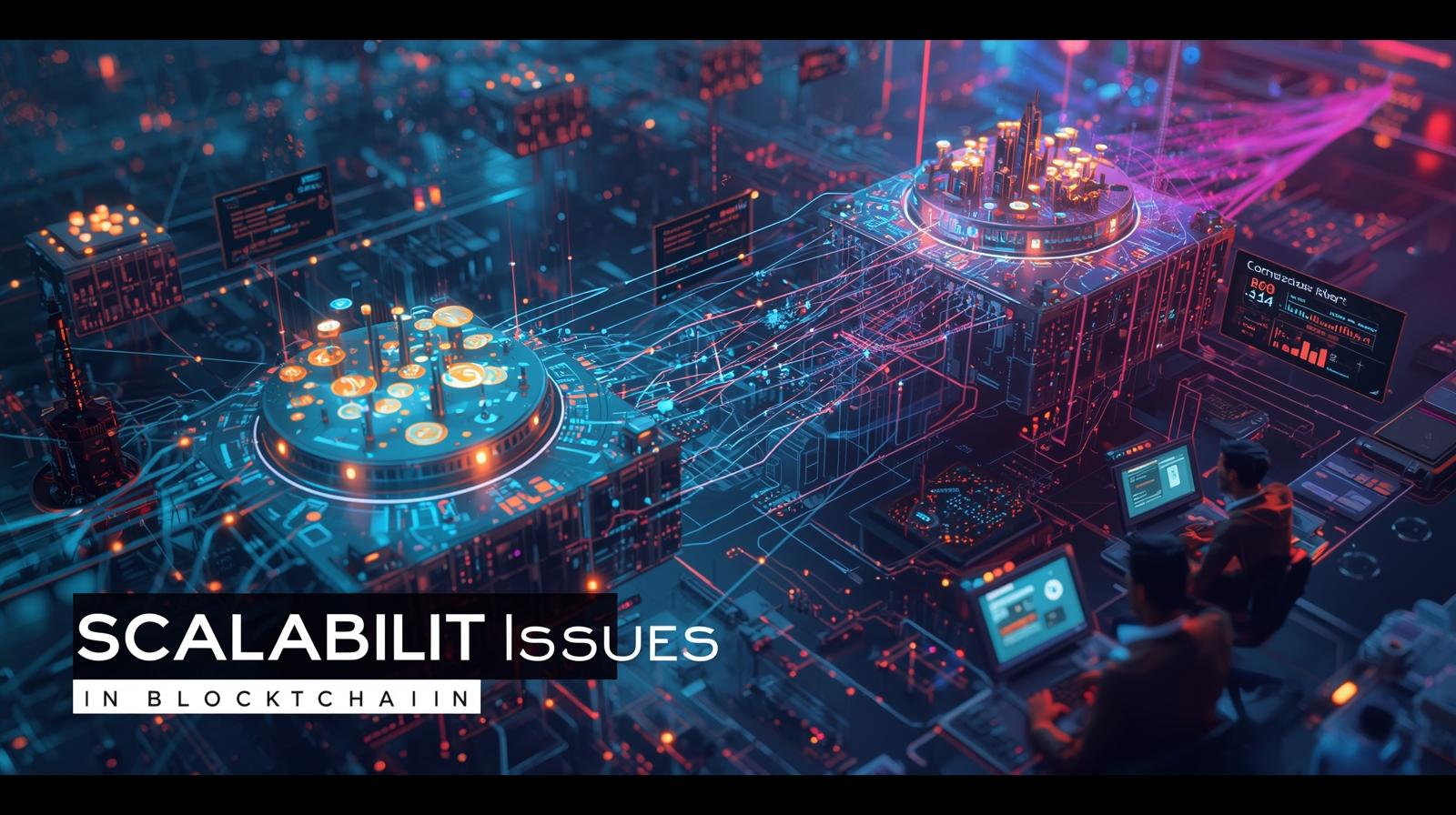The world of blockchain is evolving rapidly, and terms like Layer 1 and Layer 2 blockchains are becoming more common. But what do they really mean, and why do they matter for crypto users, investors, and developers? In this blog, we break down these concepts, compare their features, and explore how they are shaping the future of decentralized technology.
What is a Layer 1 Blockchain?
Layer 1 blockchains are the base networks of a blockchain ecosystem. They provide the fundamental infrastructure on which all transactions, smart contracts, and decentralized applications (dApps) run. Essentially, Layer 1 is the backbone of the blockchain world.
Popular Layer 1 Blockchains:
- Bitcoin (BTC) – The original blockchain focused on peer-to-peer payments.
- Ethereum (ETH) – Supports smart contracts and decentralized apps.
- Solana (SOL) – Known for high-speed transactions and low fees.
Key Features of Layer 1:
- Handles consensus mechanisms like Proof of Work (PoW) or Proof of Stake (PoS).
- Secures the network and validates transactions.
- Faces challenges with scalability as network usage grows.
What is a Layer 2 Blockchain?
Layer 2 blockchains are built on top of Layer 1 networks to improve performance and scalability. They aim to solve common Layer 1 problems like high transaction fees and slow processing times. Layer 2 solutions process transactions off-chain and then settle them on the main blockchain.
Popular Layer 2 Solutions:
- Polygon (MATIC) – Built on Ethereum to reduce gas fees and improve speed.
- Lightning Network – Layer 2 solution for Bitcoin, enabling faster micropayments.
- Optimism & Arbitrum – Rollups that scale Ethereum transactions efficiently.
Key Benefits of Layer 2:
- Faster transactions – Reduces network congestion.
- Lower fees – Makes microtransactions feasible.
- Enhanced scalability – Supports more users without compromising security.
Layer 1 vs Layer 2: A Comparison
| Feature | Layer 1 | Layer 2 |
| Definition | Base blockchain network | Built on top of Layer 1 |
| Function | Transaction validation & security | Scalability & speed enhancement |
| Transaction Speed | Moderate to slow | High |
| Fees | Higher (depends on congestion) | Lower |
| Examples | Bitcoin, Ethereum, Solana | Polygon, Lightning Network, Optimism |
| Security | Secured by native protocol | Inherits security from Layer 1 |
Why Layer 2 is Essential for Blockchain Growth
As blockchain adoption increases, Layer 1 networks can become congested. Layer 2 solutions play a critical role in enabling:
- Mass adoption – Faster, cheaper transactions attract more users.
- DeFi & NFT growth – Platforms can handle more activity without bottlenecks.
- Cross-chain interoperability – Layer 2 bridges connect different networks seamlessly.
Conclusion
Both Layer 1 and Layer 2 blockchains are crucial for the blockchain ecosystem. While Layer 1 provides the foundation and security, Layer 2 enhances scalability and efficiency. Understanding these layers helps users, investors, and developers make informed decisions in the rapidly evolving world of blockchain technology.
SEO Tags:
Meta Description: Learn the difference between Layer 1 and Layer 2 blockchains, their key features, benefits, and examples in the blockchain ecosystem.
Keywords: Layer 1 blockchain, Layer 2 blockchain, blockchain scalability, Ethereum Layer 2, Bitcoin Layer 2, blockchain speed, Layer 1 vs Layer 2.
Tags: #Blockchain #Layer1 #Layer2 #Crypto #Ethereum #Bitcoin #DeFi #NFT #CryptoScalability #BlockchainTechnology



